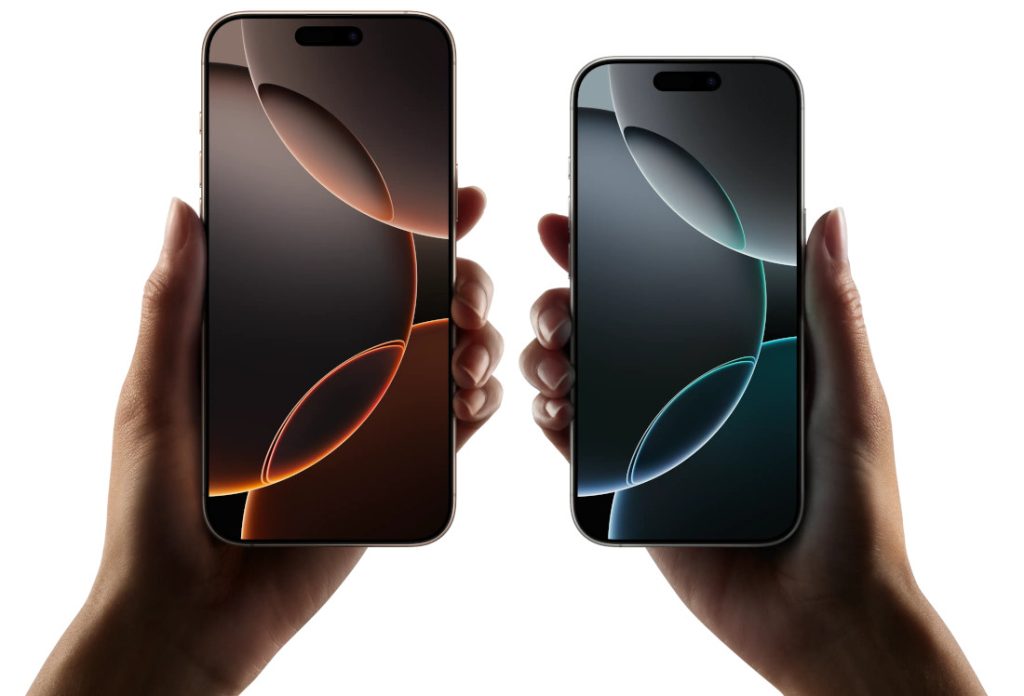
Apple is reportedly planning to expand its eSIM-only strategy internationally, starting with the upcoming iPhone 17 Air, according to a report by The Information.
While eSIM technology is already exclusive to iPhones in the United States, the report noted that Apple could extend this approach to other countries with the launch of the iPhone 17 Air.
iPhone 17 Air Design Challenges
The iPhone 17 Air is expected to be remarkably thin, with prototypes measuring just 5 to 6 millimeters in thickness, significantly slimmer than the iPhone 16’s 7.8 mm.
If confirmed, this would make it one of Apple’s thinnest devices, comparable to the iPhone 6, which was 6.9 mm thick. However, the report added that this ultra-thin design has posed several engineering challenges.
Apple engineers are said to be struggling with fitting essential components, such as the battery and thermal materials, into the slim frame. Additionally, the device may feature a single earpiece speaker, as there is not enough space for a second speaker, which is typical in current iPhone models.
To maintain the thin profile, the iPhone 17 Air will reportedly feature a single rear camera housed in a large, centered camera bump, marking a departure from the dual- or triple-camera setups seen in recent iPhones.
Shift to Apple’s In-House 5G Modem
The iPhone 17 Air is also expected to be among the first iPhones to feature Apple’s in-house 5G modem. While the new modem offers greater power efficiency, the report noted that it currently lags behind Qualcomm’s chips in terms of speed and connectivity. It also lacks support for mmWave 5G, which enables higher speeds in certain areas.
eSIM Expansion and China Concerns
Apple has been promoting eSIM technology as a secure, convenient alternative to physical SIM cards. eSIMs cannot be removed if a device is lost or stolen, and they allow users to manage multiple phone numbers on a single device.
However, the iPhone 17 Air, expected to launch next fall, may face potential regulatory challenges in China, where physical SIM trays are still required due to the country’s real-name registration system. Without approval for eSIMs, its release in China could be hindered.
Currently in early production trials at Foxconn, the device has moved to proto-2 status, with the final design expected by mid-2025. The global launch, especially in China, will depend on overcoming these regulatory hurdles.

